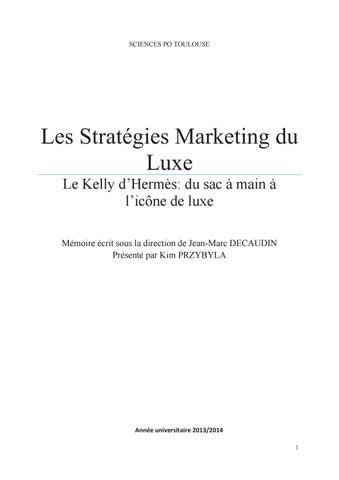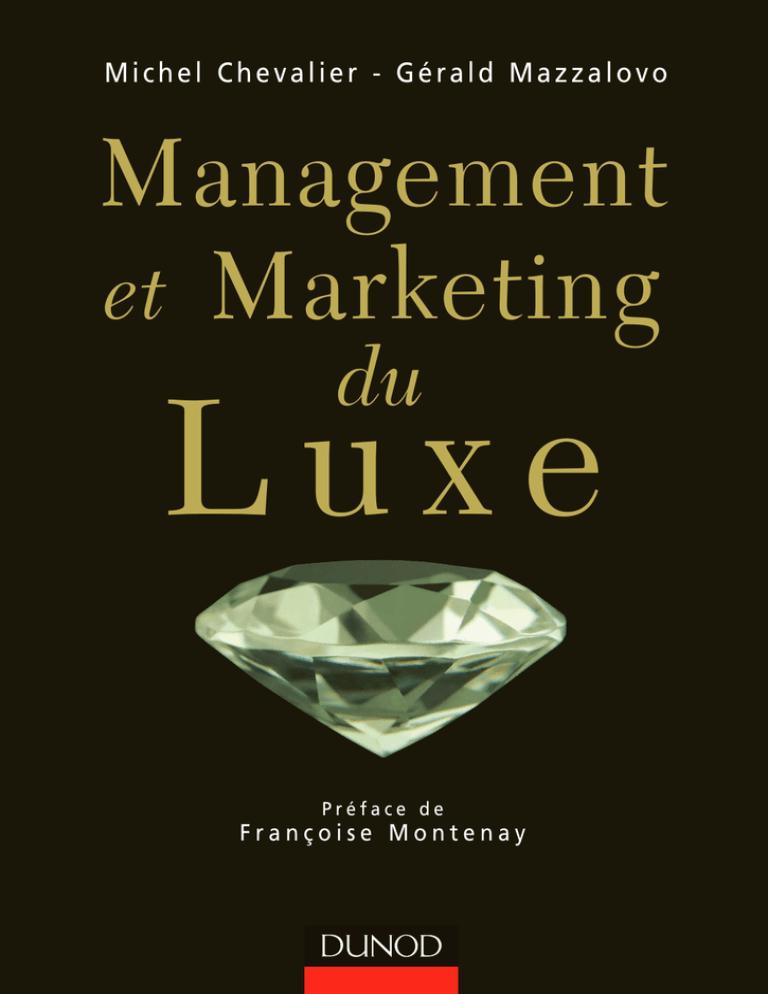Fur, crocodile, ivory these luxury products have become taboo

This article is from Capital magazine
Made from precious materials by ultra-skilled craftsmen, luxury is, in essence, the fruit of the exception. Reserved for an elite and inaccessible to ordinary mortals for centuries, it ended up being democratized, but today it is attacked by a wave much deeper than a classic ideological struggle, based on capital and money: ecology. Because luxury is made above all of terrestrial food and has always drawn on natural resources, becoming an ideal target for environmental associations.
Whole sections of this industry are under threat, but the entire sector will have to reinvent itself to survive, because according to “Forbes”, in 2025, 50% of luxury customers will be millennials, a population very sensitive to environmental protection and animal suffering. Anticipating the possible prohibition of certain leathers, luxury bootmakers are already building up a stock for the next decades. Enough to hold out if vegans win the shoe battle...
Fur
Under the battering of the American animal protection association Peta (People for the ethical treatment of animals), the fur industry is disappearing. It still generates in France more than 300 million in turnover per year, but its days seem numbered. If the use of wild animals is already prohibited, manufacturers can still buy skins from farms. In other countries, the killing of this industry has already been recorded. In 2018, the Los Angeles City Council adopted an executive order that prohibits, since January 2020, the manufacture, import and also the sale of clothing with animal fur, and which will be generalized to all of California by 2023 .
Anticipating these bans, Chanel, Burberry, Versace or Gucci have removed the natural hair from their creations. In France, there are still four mink farms, but Barbara Pompili, the Minister for Ecological Transition, proposed last September their closure, within five years. But it may not be animal advocates who will kill the fur industry for good, but Covid-19. According to several studies, the virus, having contaminated several farms of these small mammals, could mutate. Denmark, the world's largest producer, has taken the decision to slaughter 17 million mink for health reasons, and all other farms in the world are threatened.
>> Read also – Minks: the government wants to maintain farms for another four years
Crocodile and snake
In luxury leather goods, the use of snake, ostrich or crocodile skins is becoming more and more delicate. In the 1970s, the Convention on International Trade in Endangered Species of Wild Fauna and Flora (CITES), known as the Washington Convention, had already limited the hunting of several species (python, crocodile, etc.) and manufacturers are turned to breeding farms, which are now the target of animal rights associations, due to poor breeding and slaughter conditions. Faced with the outcry caused by the dissemination of certain images, in 2018 Chanel announced that it would no longer use exotic animal skins for its creations. In 2020, Prada followed suit, adding that it would no longer use kangaroo skins, 2.3 million of which are slaughtered each year for leather goods and whose populations have been ravaged by the fires that have took place in Australia last winter. A few years ago, Jane Birkin even asked Hermès to rename one of her legendary bags, the Birkin, after discovering, horrified, the conditions for slaughtering crocodiles. The leather goods maker immediately reacted by promising to monitor its suppliers more carefully.
>> Read also - Vegan sneakers, recycled fabrics... luxury brands are getting into sustainable development

Astrakhan
Astrakhan is made from the coat of a sheep (karakul), raised in Russia and the plains of Uzbekistan for meat and especially for its precious wool. Only lamb skins are intended for the luxury sector and the slaughter conditions are disputed by environmentalists, who are calling for an outright ban on its marketing. Indeed, the animal is often gassed from birth so that the fine curls of its fur, which disappear in its first week of life, are preserved. And it takes 30 lambs to make a single coat, sold for over 5,000 euros! The even more expensive astrakhan moiré, which can cost up to 15,000 euros, is made from stillborn lambs. In general, these are the last babies of a karakul ewe that is killed around 6 years old, before the end of its last gestation. An intolerable cruelty for the defenders of the animal cause.
Precious wood
Rio rosewood and Siamese rosewood, precious woods used for marquetry and the manufacture of high-end guitars, have been banned from being imported into the European Union since 1992. The few boards cut before this date that are still on the market sell for astronomical prices (10,000 euros for a guitar). Used in China for luxury marquetry, rosewood is endangered. To put an end to deforestation, Madagascar banned its exploitation and export in 2019. For several years already, by decrees, we had tried, in vain, to prevent uncontrolled deforestation, but the traffickers, who risk yet ten years of forced labor, continue to plunder the resources of the island. Heavily armed, they do not hesitate to fire on the rangers. It must be said that this clandestine trade is lucrative: a ton of rosewood can reach nearly 20,000 euros!
Ivory
According to the Washington Convention, the trade in ivory is totally prohibited for all objects manufactured after July 1, 1975. For those manufactured between 1947 and 1975 and whose weight exceeds the 200 grams, special authorization is required for resale. Except for musical instruments like pianos, which can be resold freely. Poaching continues to wreak havoc and more than 30,000 elephants are killed each year to fuel the ivory trade. With the international effort and the drop in demand in China, which banned its trade in 2017, prices are falling, from 2,000 euros per kilo in 2015, to less than 1,000 euros in 2020. But the WWF pleads for a ban of the "white gold" trade in order to avoid the marketing of fake antiques made with ivory freshly taken from the corpses of pachyderms.
Black coral
Growing from a depth of 40 meters, black coral is used in jewelry. Adornment and talisman since Antiquity, it is now endangered. As listed in Appendix 2 of CITES, its exploitation, export and sale are prohibited in most countries. Yet the traffic continues and the kilo of raw black coral can be exchanged for more than 10,000 euros. The WWF and many associations are also campaigning for a total ban on the exploitation of red coral, which is more common but also in danger since, according to the NGO, two thirds of coral reefs are threatened with extinction. It is unfortunately logical when you know that the price per kilo can reach 3,000 euros!
Bluefin tuna
Threatened with extinction in the early 2000s, bluefin tuna is back in most seas around the world. Fishing quotas have been drastically reduced, but poaching continues to endanger the fragile balance regained by the populations of this highly prized fish in Asia. In Japan, bluefin tuna can reach 10,000 euros per kilo for the finest specimens sold at the Toyosu market in Tokyo. As a result, many Japanese fishermen do not respect the rules and continue to plunder all the seas of the world. Environmental protection associations are advocating for the outright suppression of fishing for the species, and the European Commission is considering a continent-wide sales ban to allow the stock to renew itself.
Ortolan
Weighing less than 30 grams, a pink beak, plumage ranging from green to golden brown, this little songbird has been fantasizing about gourmets since Roman antiquity. Symbol of power and wealth, the ortolan was eaten roasted over a wood fire, in a single bite and hidden under a thick cloth to preserve all its flavors. Hunting has been prohibited since 1999, but poaching continues, as these small sparrows are resold under the counter for up to 150 euros each! They are captured with small traps called “matoles”, they are fattened with grain for a few weeks, then, according to tradition, they are killed by drowning them in Armagnac. President François Mitterrand, a great fan, tasted it during his last New Year's Eve at the Elysée Palace in 1994. It was Henri Emmanuelli, deputy of the Landes and defender of traditional hunts, who provided the ortolans to the Head of State. …
>> Read also - Is meat bad for your health?
Swallow's nests
Used in gastronomy and for pharmacopoeia, sold for 1,200 euros per kilo in China, the nests of wild swallows (in reality a species of swift) are endangered and NGOs are asking for the collection to be stopped. The most popular nests are those located in Indonesia where peasants climb on huge bamboo stilts to pick them from caves. In Burma, many farms have been built, but the farming conditions are particularly squalid. And several associations have asked for their closure. Note that these nests are made of dried mucus. Not very appetizing though...
Foie gras
In 2004, California decided to no longer authorize the sale of foie gras, in the name of animal welfare. Suspended for several years, this law was confirmed by a judgment of the Supreme Court in January 2019 and shakes the whole industry. Especially since from January 1, 2022 foie gras will also be banned in New York City and England is also considering preventing imports. Today, the force-feeding of geese is prohibited in most European countries and remains authorized only in France, Spain, Belgium, Hungary and Bulgaria. 18,000 tons of foie gras are still produced in France, for an overall turnover exceeding 2 billion euros. A market that fell by 10% last year…
Private jets
Jets are threatened in their very existence, because of a carbon impact per passenger 40 times greater than that of a conventional line. Private jets alone are expected to be responsible for 4% of carbon emissions in 2050, compared to 0.9% today. Common Wealth, an English think tank, proposes their outright ban by 2025. But the health crisis has breathed new life into the market: with the Covid-19, flight reservations have jumped by more than 30%. A lucrative business when you know that a return flight from Paris to New York, for a 12-seater jet, costs around 120,000 euros.
SUV
In our country, SUV sales have increased sevenfold in ten years and now represent more than 40% of the new car market. The Citizen's Climate Convention has proposed taxing all cars at 10 euros per kilo from 1.4 tonnes. French environmental MPs have even gone further by proposing an ecological penalty of 15 euros for each kilo above 1.3 tonnes. For now, the government has rejected this idea, but it is gaining ground in several cities newly won by environmentalists. In Norway, this measure has already been adopted. If you buy an Audi Q7, you have to pay 20,000 euros in tax!
Bungalows on stilts
A wooden house placed on the crystal clear waters of a lagoon, this is the image of absolute luxury. And yet, these constructions are the target of the protectors of the environment, because they require the installation of enormous poles which destroy the reefs. In an attempt to maintain the status quo, “resorts”, these large hotels located in atolls, highlight their ecological actions. On its presentation brochure, the Manava Beach Resort & Spa, located in French Polynesia, one of the first hotels in the world to have set up bungalows on stilts, boasts of its work in setting up a “coral nursery” under its buildings. The new eco-responsible luxury hotels have already abandoned the pilings for cabins on solid ground. When luxury wants to survive, it always knows how to find an idea in tune with the times...
>> Special innovations: in health, the environment, food... This is the cover of the new issue of Capital. Access this file in seconds from 2.25 euros.
- Prev
- Next







